Today I would like to share a journey to one of the most challenging and fascinating places on earth.
Want to stand on the edge of a crater and watch lava flowing beneath your feet? Want to explore the ancient churches of Lalibela? How about witnessing the culture and rituals of the lip plated Mursi people? Well, then this place is for you – welcome to Ethiopia.
I first learned about Ethiopia when a friend showed me a photograph of Erta Ale – one of only six active lava lakes in the world. At the time I had no idea there is a place on Earth where you can stand right on the edge of an active volcano. How exciting! I knew right then and I must visit this place.
Little did I know how much more there is to see here – I explored centuries old churches of Lalibela, survived the scorching heat of the Danakil Depression and witnessed unique customs of the Omo Valley tribes.
Traveling in Ethiopia is not exactly comfortable – extreme heat and humidity, long hours in the car to get to most places, very basic accommodations with electricity and running water not always available. Almost every day I was pushed to my limits physically, emotionally and photographically.
Some of you may wonder if it was worth it? There were moments on the journey when I wondered the same. What I have learned as a travel photographer is how important it is to test your own boundaries. Just when you think you cant take that next step, when you just want to give up and go home, when you are feeling frustrated and exhausted – that’s when you need to push yourself even harder, that’s when you will grow the most and transform. Your whole world opens up and you are never the same. One of the rewards of travel I welcome even more than breathtaking landscapes – learning to live in the moment. So is it worth it – absolutely! Never stop pushing yourself beyond the boundaries.
The Salt Trade of Northern Ethiopia
Each day the salt miners make a 100km journey to Mekele – the nearest hub of the “white gold” trade. Starting from the Danakil Depression where the salt is mined, it’s a three day trek through one of the hottest and cruelest places on earth with temperatures rarely falling below 40-60 C (104-140 F) during the day. This has been the livelihood of the Afar people for hundreds of years, and still continues to this day. Barren landscape, dust storms, unbearable heat and lack of water – after spending just a few days here – I’m truly fascinated by the resilience of the people living in this region.
Erta Ale Volcano – Staring Into The Mouth Of Hell
After a nine hour drive over lava fields, salt flats and sand, it’s a three hour hike in the dark until you finally reach the rim of the caldera. Not too far in the distance, you see the red smoke and ash coming from the ground – a mere 500 meters and you will witness what you’ve traveled so far to see – Erta Ale’s active crater.
Excited, you forget about exhaustion and want to run to it as fast as possible, but the local guide cautions you that this is the most dangerous part. As you descend there is no trail – you are walking on freshly crusted lava that cracks under your feet, one false step and you can fall into an air pocket – who knows what’s underneath? Finally you made it – it’s a live volcano right in front of you – you feel the heat, hear the lava bubble, see the ash and sparks flying up in mini explosions… It is one of nature’s most mesmerizing and dangerous shows.
The Faces Of Lalibela
Lalibela – the center of Ethiopian Christianity – is famous for its monolithic churches built underground. To this day the exact details of their construction remain a mystery. All the churches are active and priests still use century old books to pray, with the only source of light shining though small windows cut in the massive walls.
The Tribes Of The Omo Valley
Over 20 tribes live in the Omo Valley in the south of Ethiopia, close to the border with Kenya. Each tribe still follows unique rituals and traditions passed on from one generation to the next. Decorative scars, lip plates, being here feels like a time capsule to a foreign traveler.
I hope you enjoyed reading about Ethiopia. For those interested in joining me on adventure trips to some of the most unique corners of the world, feel free to send me a message at natalia@nataliastone.com.
Natalia Stone is a travel photographer based in New York City. Her passion for adventure and photography has taken her to over 40 counties and some of the most remote corners of the world. Whether standing on a rim of an active volcano in Ethiopia, photographing the northern lights in Norway or navigating through glacial waters of Greenland, her goal is to tell visual stories of the incredible treasures our planet holds.
You can see more of her work at NataliaStone.com, and follow her on Instagram, Facebook, and Twitter.



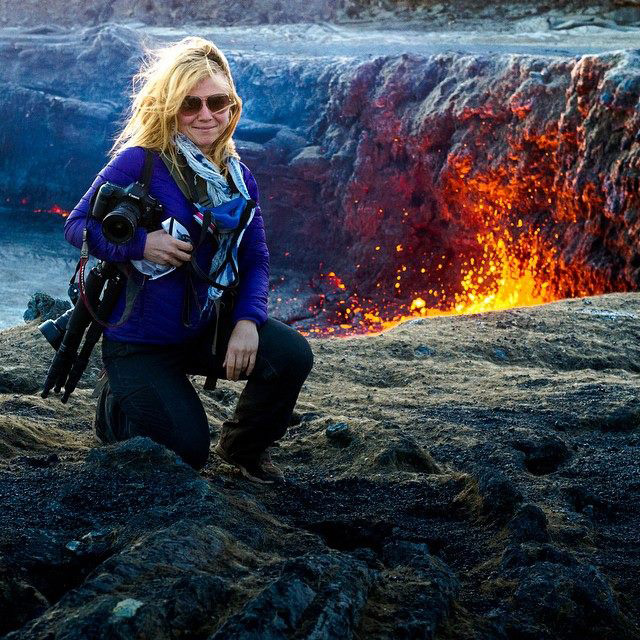
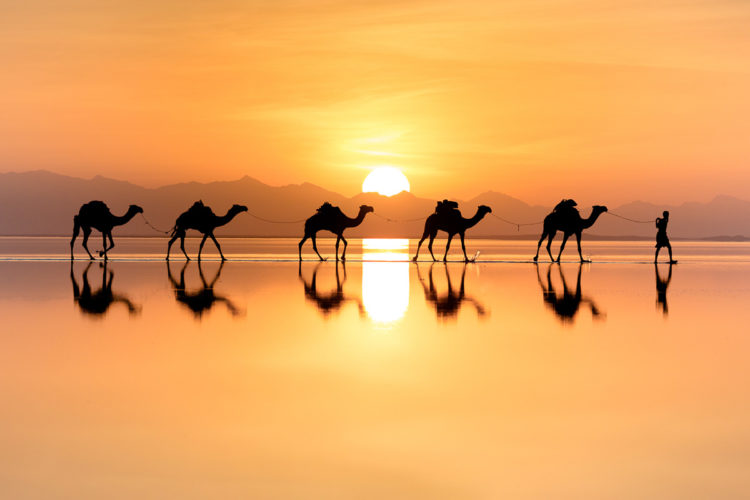
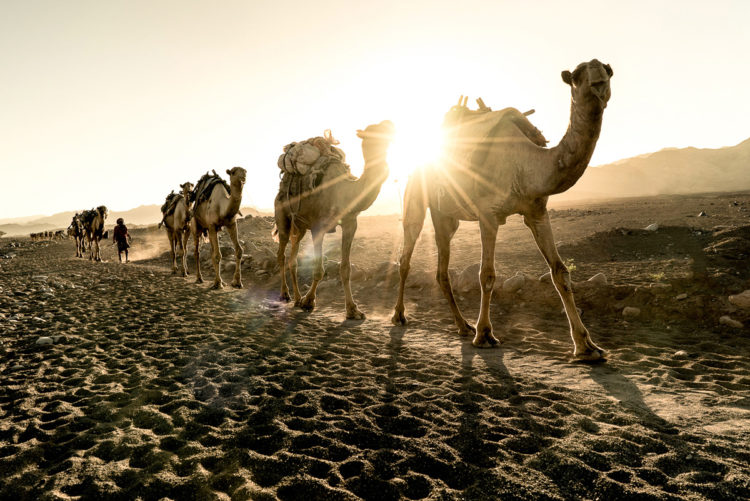
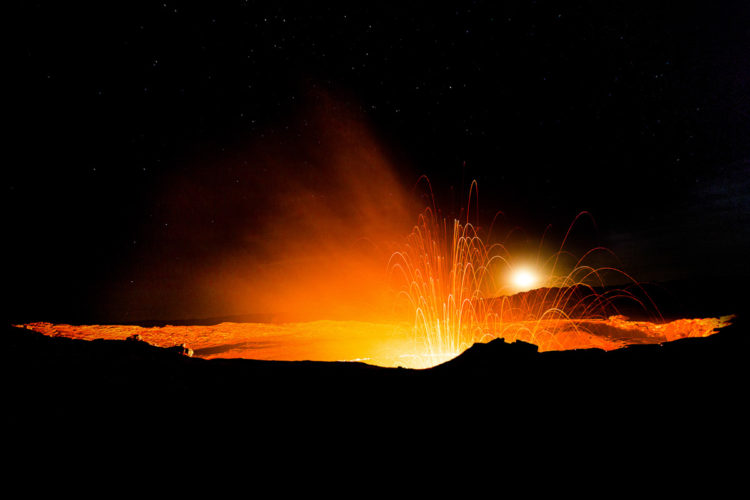
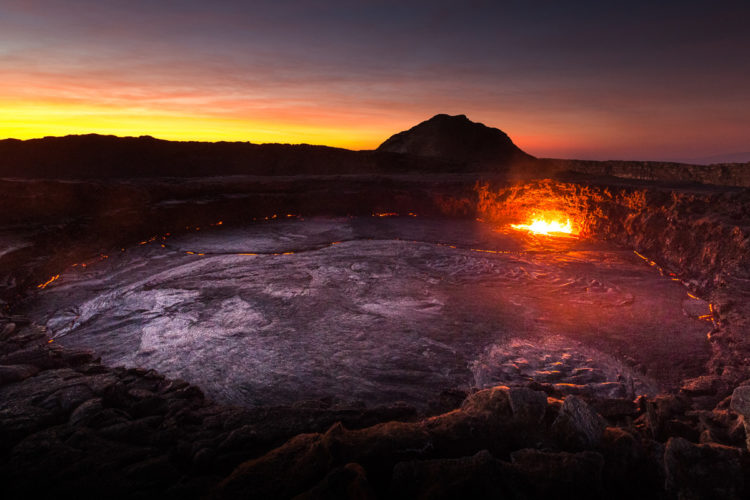
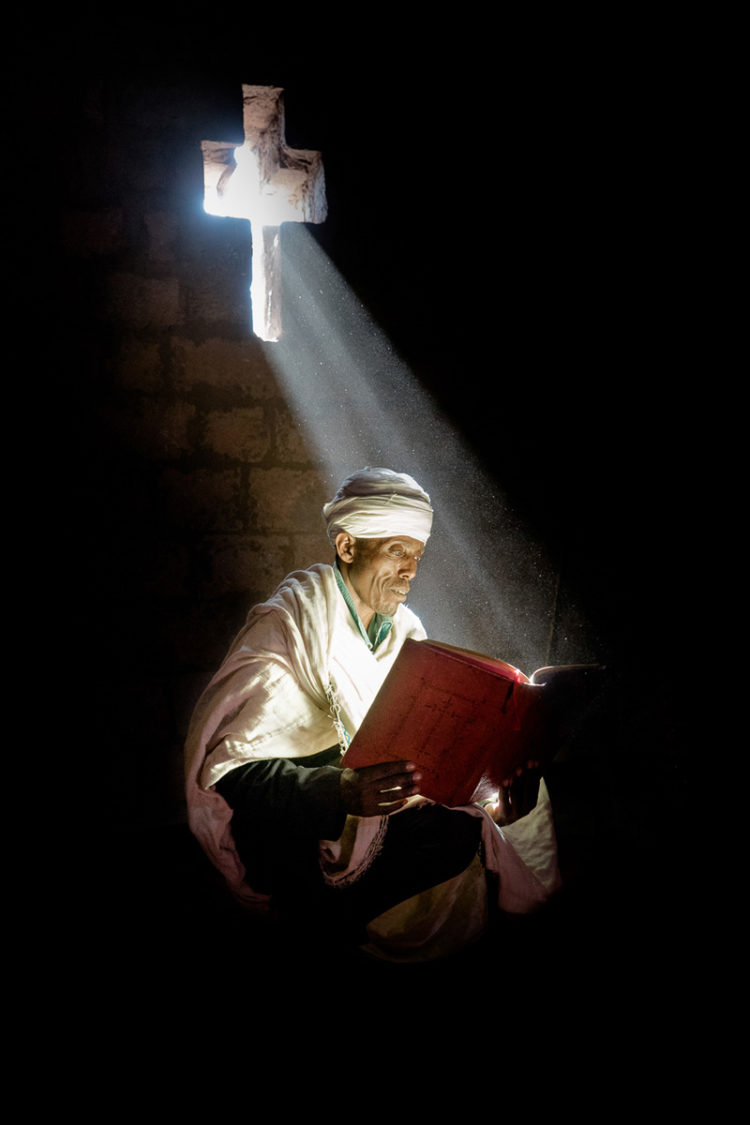
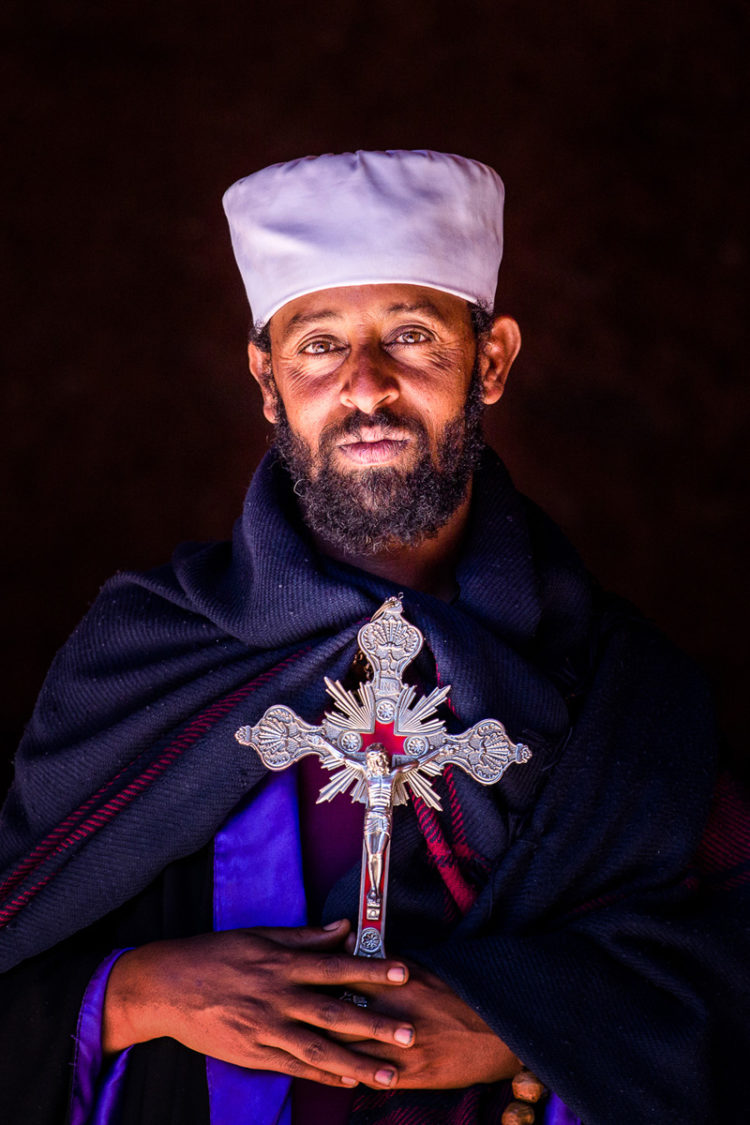
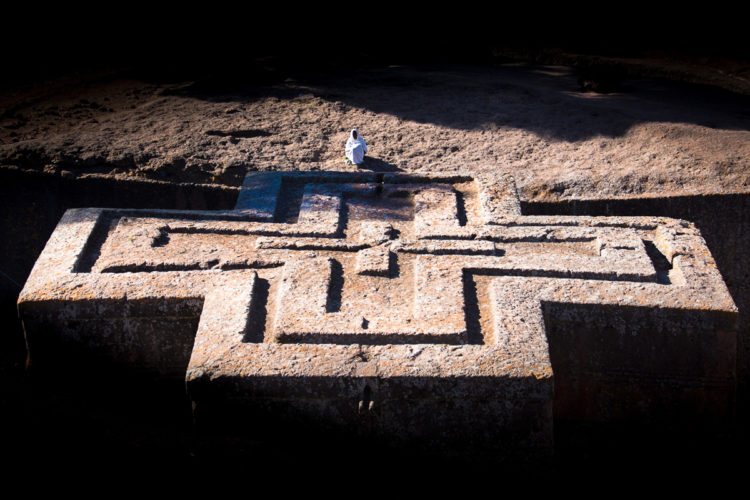
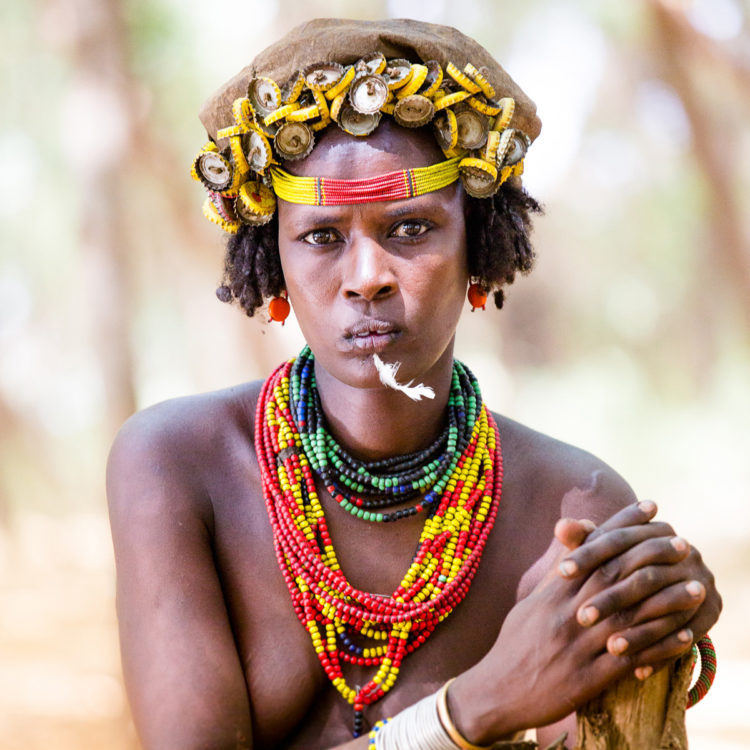
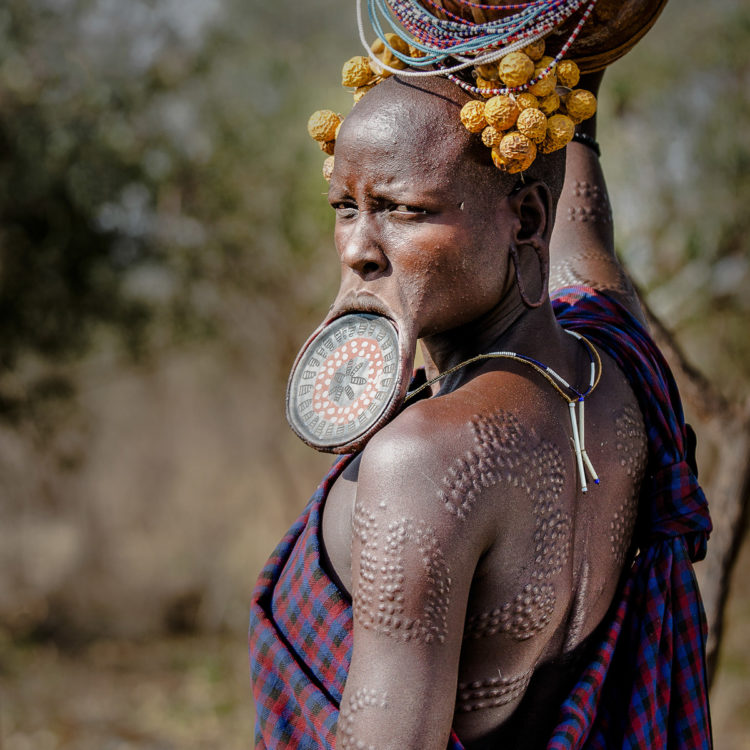
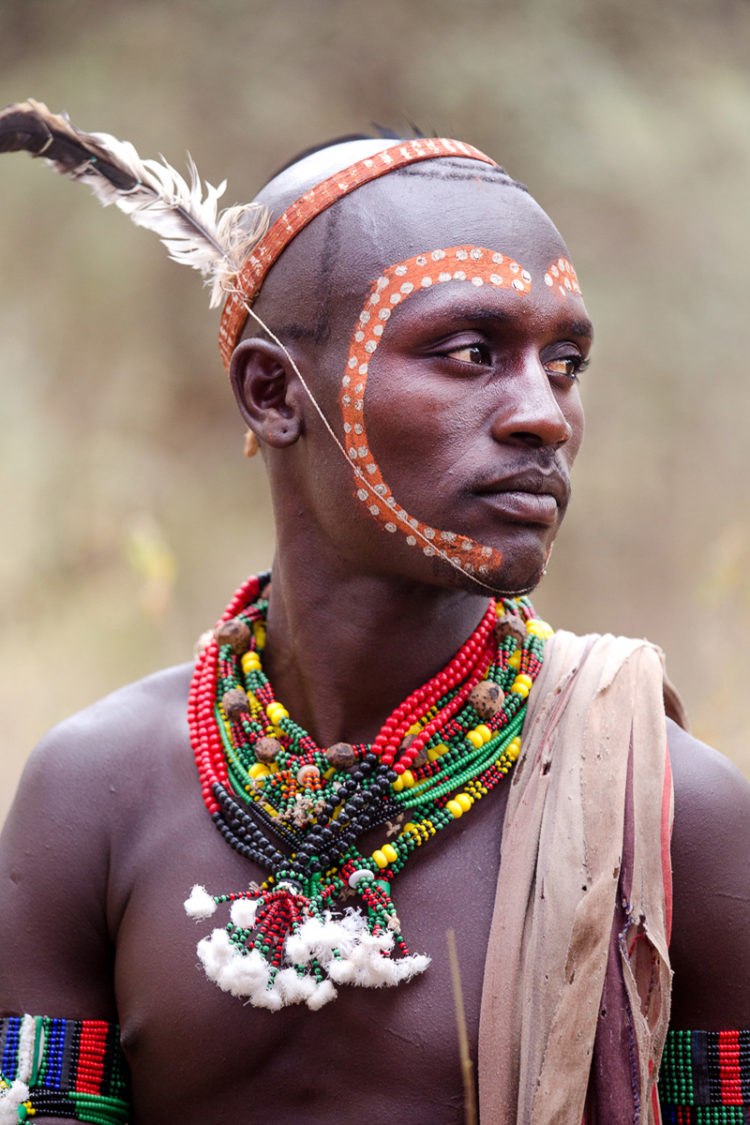
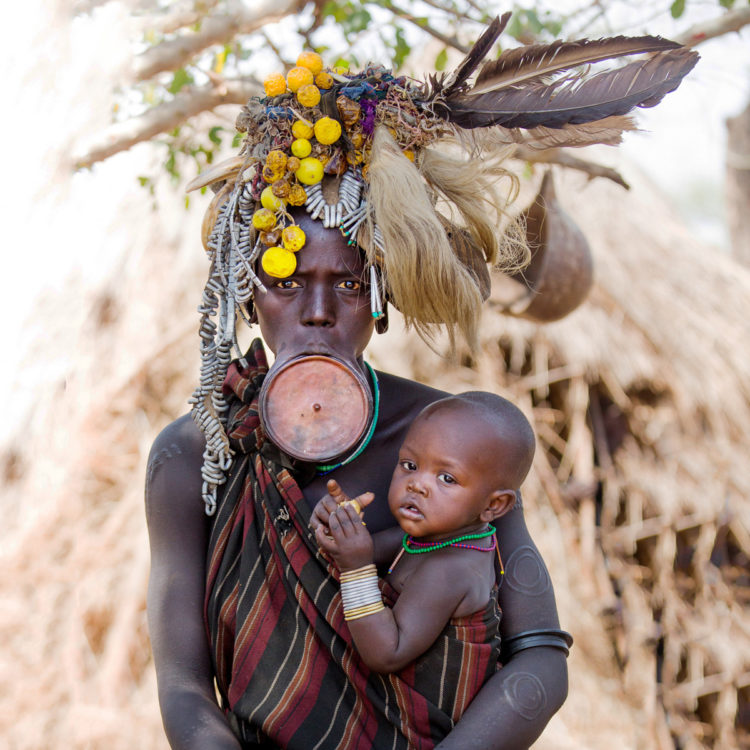
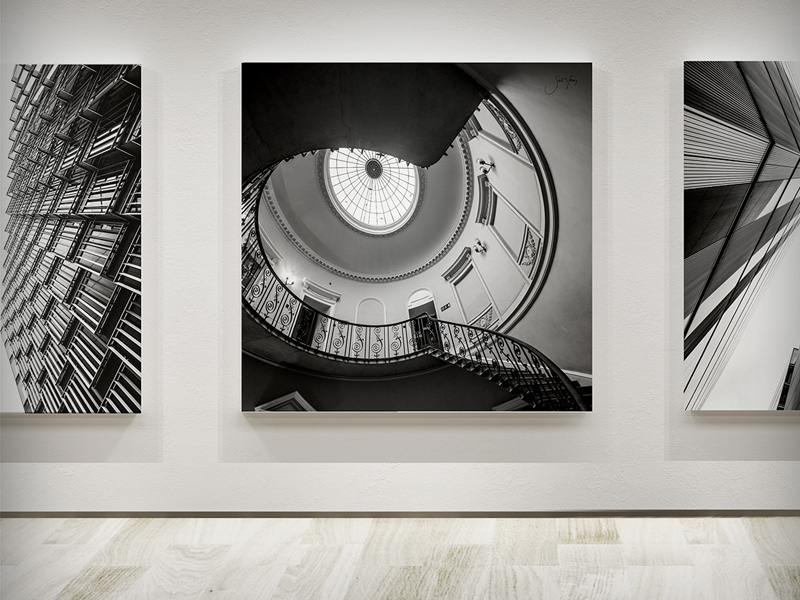

Stunning shots! The scenes and material are fascinating, of course, but your use of light make the most of them.